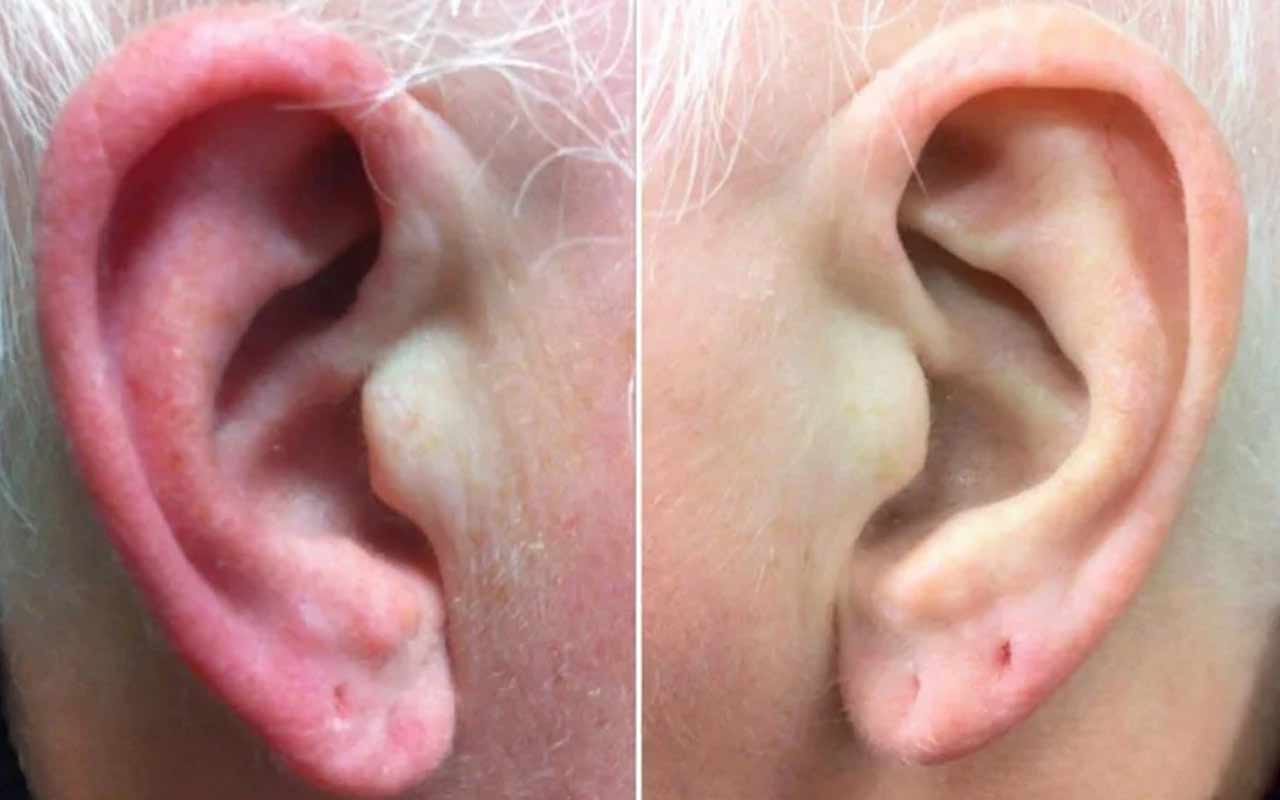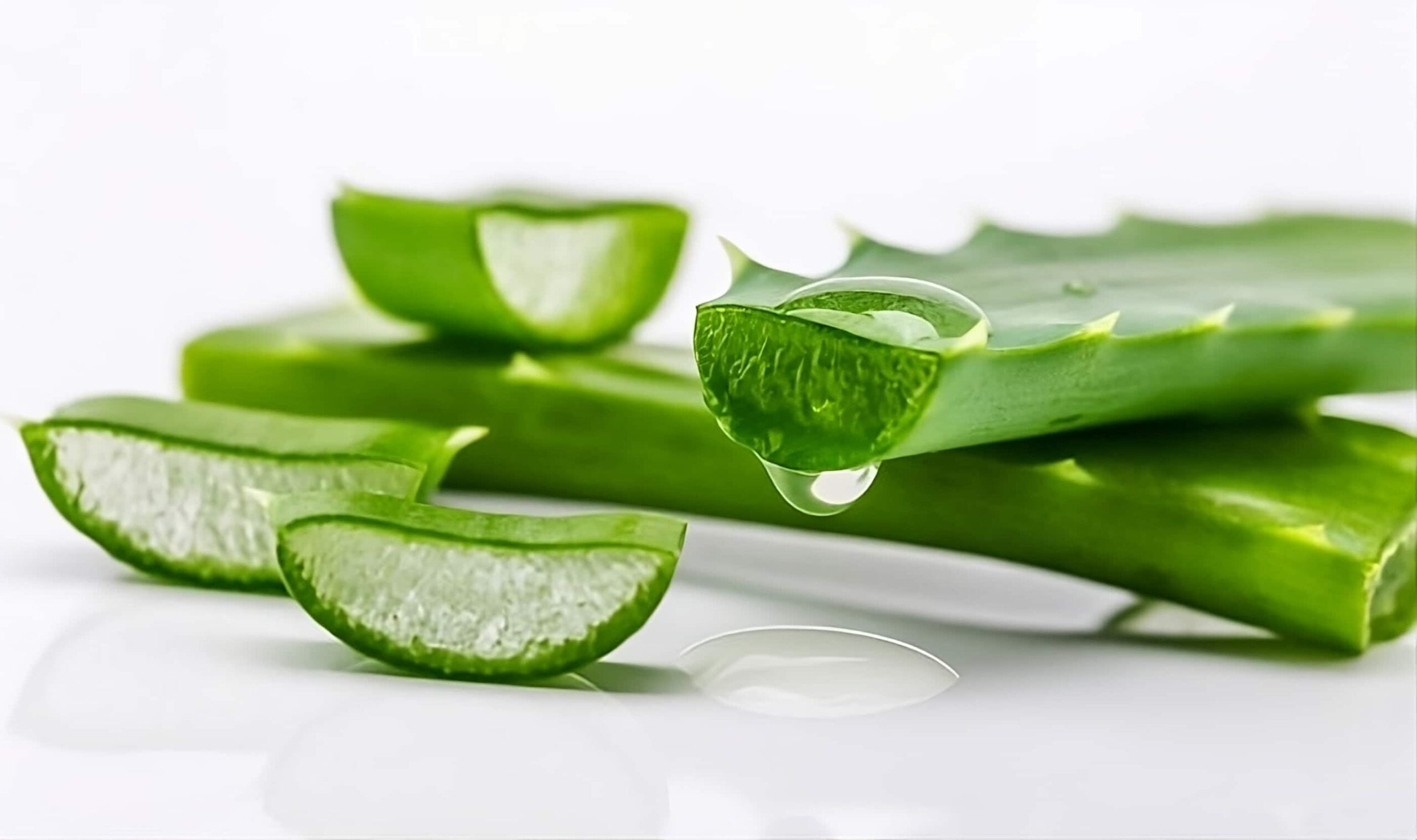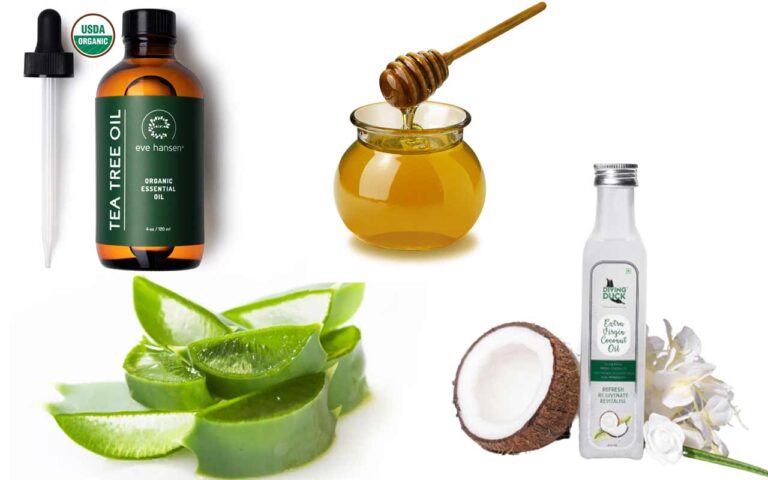Rash behind ear is a common skin condition that can affect anyone, regardless of age or gender. It can cause itching, redness, swelling, and flaking of the skin behind the ear. In some cases, it can also form blisters or crusts that may ooze or bleed.
Rash behind ear can be caused by various factors, such as:
- Eczema, a chronic skin disorder that causes dry, itchy, and inflamed skin
- Contact dermatitis, a skin reaction to an irritant or an allergen, such as earrings, cosmetics, or hair products
- Fungal infection, such as ringworm, that can cause scaly, red, and circular patches on the skin
- Bacterial infection, such as impetigo, that can cause yellow, crusty, and contagious sores on the skin
- Allergic reaction, such as hives, that can cause raised, itchy, and red bumps on the skin
- Psoriasis, a chronic skin disorder that causes thick, scaly, and red plaques on the skin
- Granuloma annulare, a skin condition that causes red, raised, and ring-shaped lesions on the skin
- Lichen planus, an autoimmune disorder that causes purple, flat, and itchy bumps on the skin

Rash behind ear can be a bothersome and uncomfortable skin condition that can affect your quality of life. It can also lead to complications, such as infection, hearing loss, or scarring, if left untreated.
Fortunately, there are many natural remedies for rash behind ear that can help you treat your skin problem effectively and safely. These remedies can help you relieve your symptoms, heal your skin, and prevent further irritation.
In this article, we will share with you 7 best natural remedies for rash behind ear that you should try. We will also answer some frequently asked questions about rash behind ear and give you some tips on how to prevent it.
Table of Contents
7 Best Natural Remedies for Rash Behind Ear
Here are 7 best natural remedies for rash behind ear that you can easily find at home or in your local store:
Aloe Vera

Aloe vera is a succulent plant that has anti-inflammatory, antibacterial, and healing properties. It can help you soothe your skin, reduce inflammation, and promote wound healing. It can also moisturize your skin and prevent dryness and flaking.
To use aloe vera for rash behind ear, you need to:
- Cut a fresh aloe vera leaf and extract the gel
- Apply the gel to the affected area and massage gently
- Leave it on for 15 to 20 minutes and then rinse it off with water
- Repeat this process 2 to 3 times a day until your rash heals
You can also buy aloe vera gel from a store, but make sure it is pure and organic.
Coconut Oil

Coconut oil is a natural oil that has antimicrobial, anti-inflammatory, and moisturizing properties. It can help you fight infection, reduce swelling, and hydrate your skin. It can also form a protective layer on your skin and prevent further irritation.
To use coconut oil for rash behind ear, you need to:
- Warm some coconut oil in a microwave or a double boiler
- Apply the oil to the affected area and massage gently
- Leave it on for as long as possible and then wipe it off with a soft cloth
- Repeat this process 2 to 3 times a day until your rash heals
You can also add some essential oils, such as tea tree oil or lavender oil, to coconut oil for extra benefits.
Apple Cider Vinegar

Apple cider vinegar is a natural vinegar that has antifungal, antibacterial, and anti-inflammatory properties. It can help you kill the germs, balance the pH level, and reduce the inflammation of your skin. It can also dry out the blisters and crusts and speed up the healing process.
To use apple cider vinegar for rash behind ear, you need to:
- Dilute some apple cider vinegar with water in a 1:1 ratio
- Soak a cotton ball in the solution and apply it to the affected area
- Leave it on for 10 to 15 minutes and then rinse it off with water
- Repeat this process 2 to 3 times a day until your rash heals
You can also drink some apple cider vinegar mixed with water and honey to boost your immune system and prevent infection.
Oatmeal

Oatmeal is a natural cereal that has soothing, anti-inflammatory, and antioxidant properties. It can help you calm your skin, reduce itching, and protect your skin from damage. It can also exfoliate your skin and remove the dead skin cells and impurities.
To use oatmeal for rash behind ear, you need to:
- Grind some oatmeal into a fine powder
- Mix the powder with some water to form a thick paste
- Apply the paste to the affected area and leave it on for 20 to 30 minutes
- Rinse it off with water and pat your skin dry
- Repeat this process once a day until your rash heals
You can also add some honey, yogurt, or milk to oatmeal for extra benefits.
Tea Tree Oil

Tea tree oil is a natural oil that has antifungal, antibacterial, and anti-inflammatory properties. It can help you kill the germs, reduce the inflammation, and heal the skin behind your ear. It can also prevent the recurrence of the rash and infection.
To use tea tree oil for rash behind ear, you need to:
- Dilute some tea tree oil with a carrier oil, such as coconut oil or olive oil, in a 1:10 ratio
- Apply the oil mixture to the affected area with a cotton ball or a dropper
- Leave it on for 15 to 20 minutes and then rinse it off with water
- Repeat this process 2 to 3 times a day until your rash heals
You can also add some tea tree oil to your shampoo or conditioner and wash your hair with it to prevent the spread of the fungus or bacteria to your scalp.
Honey

Honey is a natural sweetener that has antimicrobial, anti-inflammatory, and healing properties. It can help you fight infection, soothe your skin, and promote wound healing. It can also moisturize your skin and prevent dryness and cracking.
To use honey for rash behind ear, you need to:
- Apply some raw honey to the affected area and massage gently
- Leave it on for 15 to 20 minutes and then rinse it off with water
- Repeat this process 2 to 3 times a day until your rash heals
You can also mix some honey with some cinnamon powder or turmeric powder and apply it to the affected area for extra benefits.
Chamomile

Chamomile is a natural herb that has soothing, anti-inflammatory, and antiseptic properties. It can help you calm your skin, reduce itching and redness, and prevent infection. It can also relax your mind and body and improve your sleep quality.
To use chamomile for rash behind ear, you need to:
- Brew some chamomile tea by steeping some chamomile flowers or tea bags in hot water for 10 minutes
- Strain the tea and let it cool down
- Soak a cotton ball or a cloth in the tea and apply it to the affected area
- Leave it on for 10 to 15 minutes and then rinse it off with water
- Repeat this process 2 to 3 times a day until your rash heals
You can also drink some chamomile tea before bedtime to relax and sleep better.
Conclusion
Rash behind ear is a common skin condition that can affect anyone, regardless of age or gender. It can cause itching, redness, swelling, and flaking of the skin behind the ear. It can also form blisters or crusts that may ooze or bleed.
Rash behind ear can be caused by various factors, such as eczema, contact dermatitis, fungal infection, bacterial infection, allergic reaction, psoriasis, granuloma annulare, or lichen planus.
Rash behind ear can be treated with natural remedies, such as aloe vera, coconut oil, apple cider vinegar, oatmeal, tea tree oil, honey, or chamomile. These remedies can help you relieve your symptoms, heal your skin, and prevent further irritation.
However, if your rash does not improve or worsens after trying the natural remedies, or if you have any complications or other symptoms, you should see your doctor for a proper diagnosis and treatment.
You can also prevent rash behind ear by following some simple tips, such as
- Keeping your ears and skin clean and dry,
- Avoiding scratching or picking at the rash,
- Avoiding wearing earrings or cosmetics that may irritate your skin,
- Avoiding sharing your personal items with others,
- Avoiding exposure to extreme temperatures, humidity, or sunlight,
- Managing your stress and anxiety levels,
- Eating a healthy and balanced diet,
- Drinking plenty of water, and staying hydrated.
Frequently Asked Questions
How can I prevent rash behind ear?
You can prevent rash behind ear by following some simple tips, such as:
- Keep your ears and skin clean and dry
- Avoid scratching or picking at the rash
- Avoid wearing earrings or cosmetics that may irritate your skin
- Avoid sharing your personal items, such as headphones, hats, or towels, with others
- Avoid exposure to extreme temperatures, humidity, or sunlight
- Manage your stress and anxiety levels
- Eat a healthy and balanced diet that boosts your immune system
- Drink plenty of water and stay hydrated
When should I see a doctor for rash behind ear?
You should see a doctor for rash behind ear if:
- Your rash does not improve or worsens after trying the natural remedies
- Your rash spreads to other parts of your body
- Your rash is accompanied by other symptoms, such as fever, pain, swelling, or pus
- Your rash interferes with your hearing or causes hearing loss
- You have a history of skin disorders, such as eczema, psoriasis, or lichen planus
- You have a weakened immune system or a chronic medical condition, such as diabetes, HIV, or cancer
How can I diagnose the cause of my rash behind ear?
To diagnose the cause of your rash behind ear, you need to see your doctor for a physical examination and a medical history. Your doctor may also perform some tests, such as:
- Skin scraping or biopsy, to check for fungal or bacterial infection
- Allergy test, to check for allergic reaction
- Blood test, to check for immune system or hormonal imbalance
- Culture test, to check for specific type of infection
How can I treat rash behind ear with medication?
Depending on the cause and severity of your rash behind ear, your doctor may prescribe some medication, such as:
- Antifungal cream, lotion, or spray, to treat fungal infection
- Antibiotic cream, ointment, or pills, to treat bacterial infection
- Corticosteroid cream, gel, or injection, to reduce inflammation and itching
- Antihistamine pills or syrup, to reduce allergic reaction and itching
- Immunomodulator cream or pills, to treat autoimmune disorders, such as psoriasis or lichen planus
How long does it take for rash behind ear to heal?
The healing time for rash behind ear depends on the cause and treatment of the rash. Generally, it may take from a few days to a few weeks for rash behind ear to heal completely.
However, some chronic or recurrent skin conditions, such as eczema, psoriasis, or lichen planus, may require long-term management and care.

